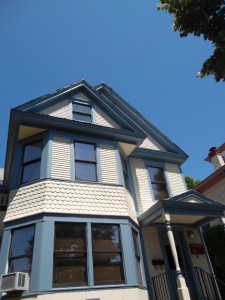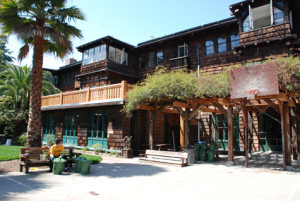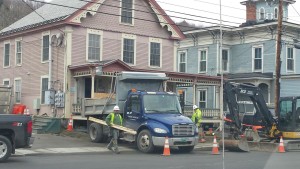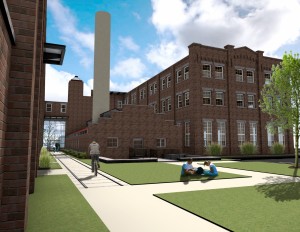When the housing-unaffordability problem comes up at a public meeting in Burlington, chances are someone will stand up and call for rent control.  Never mind that the city rejected the idea three decades ago and no one has made a serious effort to revive it locally. It’s an idea that never goes away, though, and is getting some fresh currency these days — where else, in California, the housing-unaffordability epicenter.
Never mind that the city rejected the idea three decades ago and no one has made a serious effort to revive it locally. It’s an idea that never goes away, though, and is getting some fresh currency these days — where else, in California, the housing-unaffordability epicenter.
Rent control’s heyday was in the ‘70s and ‘80s, apparently. Massachusetts did away with it in 1994 via a statewide vote, but it can still be found in many municipalities in New York, New Jersey and Maryland, as well as California, where tenants’ advocates are pushing to get more communities to sign on and have come up with an organizing toolkit. “Rent control moment gains momentum as housing prices soar,” read a recent news headline, but a closer look suggests that much of the impetus is in California. Most states, after all, have laws that prohibit rent control, although in Washington, there’s an effort to lift the ban for Seattle.
Any groundswell in favor of rent control would have to grow out of large numbers of renters, and renters are certainly on the increase nationally. A new Harvard report announces that “that 43 million families and individuals live in rental housing, an increase of nearly 9 million households since 2005 — the largest gain in any 10-year period on record.”
Renters are a distinct minority in Vermont, where the home-ownership rate is above average. In fact, renters outnumber homeowners in just two cities — Burlington and Winooski — so if rent control were plausible anywhere in Vermont, those would be the likely places. City voters would have to approve a charter change, which would require legislative approval. How unlikely is that?
Burlington voters overwhelmingly rejected rent control in a special election in 1981, during Bernie Sanders’ first mayoral term. (Actually, they rejected the creation of a “fair housing commission,” which everyone agreed was a proxy for rent control.) They were influenced by a publicity campaign against the measure mounted by commercial interests.  Sanders’ critics on the left complained he didn’t try very hard to see the idea through, and in fact he went on to promote affordable housing via a range of other policies.
Sanders’ critics on the left complained he didn’t try very hard to see the idea through, and in fact he went on to promote affordable housing via a range of other policies.
Barring a major ground shift, rent control will remain one of those recurrent policy ideas with no traction in these parts. Like single-payer health care.


















